Arctic security takes spotlight as Canadian sovereignty remains key campaign issue
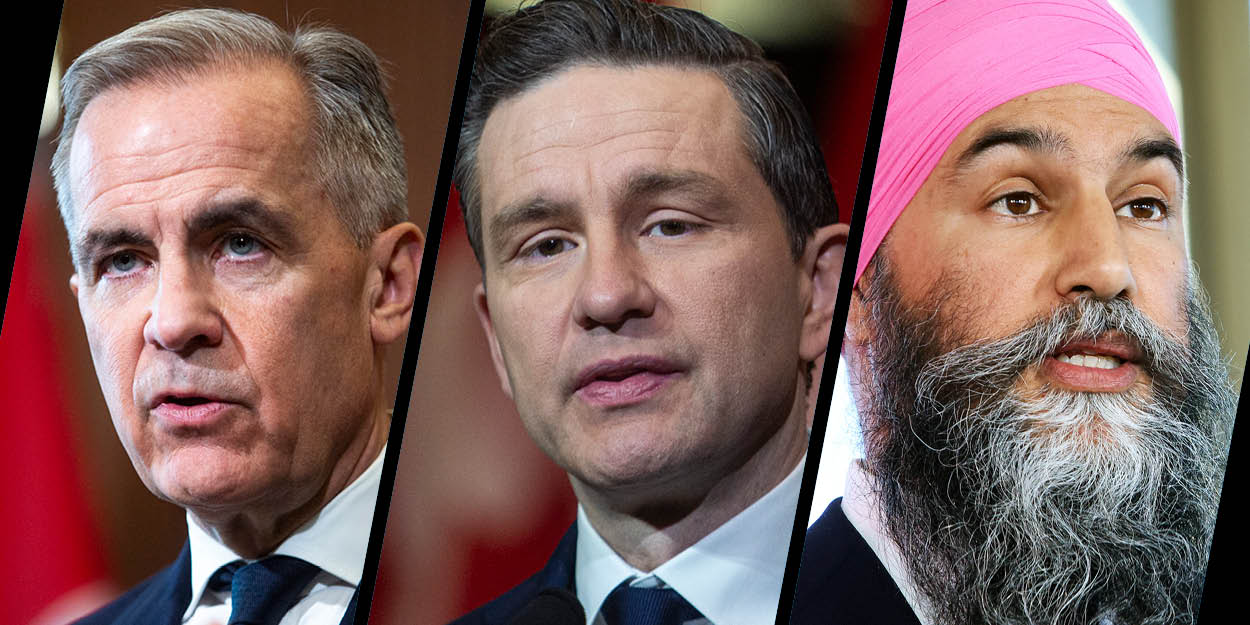
Parties are pitching Arctic security solutions with defence emerging as a ballot-box issue, but experts warn the promises lack detail and long-term vision to address the sovereignty threats facing Canada.
U.S. President Donald Trump’s repeated references to the country as America’s “51st state” has thrust national defence into the spotlight. It has forced federal party leaders to contend with a fractured Canada-U.S. relationship, and address gaps in defence spending that many have been urging for years, said Emily Thorne, vice-president at Crestview Strategy.
“It is a good sign that all parties are taking this space very seriously and are seeking to make it a centerpiece of their campaigns. It is very much reflective of the moment,” said Thorne, who counts defence among the files she works on at the firm.
“Both the Liberals and the Conservatives are headed in the right direction, but it’s simply a matter of actually bringing it to bear. We’ve seen all kinds of Arctic commitments before, and regardless of [the] party or who holds power, very little of it has come to fruition.”
Liberal Leader Mark Carney’s first domestic stop after becoming prime minister was to Iqaluit, Nunavut. During his March 18 visit, Carney announced a partnership with Australia to acquire a $6-billion Over-the-Horizon Radar system, and a federal investment of nearly $420-million to expand the Canadian Armed Forces (CAF) presence in the Arctic.
A week later and a day after the election call, Carney unveiled his defence platform in Halifax, N.S. He promised to “rebuild, reinvest, and rearm” the CAF through a variety of measures tackling procurement issues, recruitment gaps, and more.
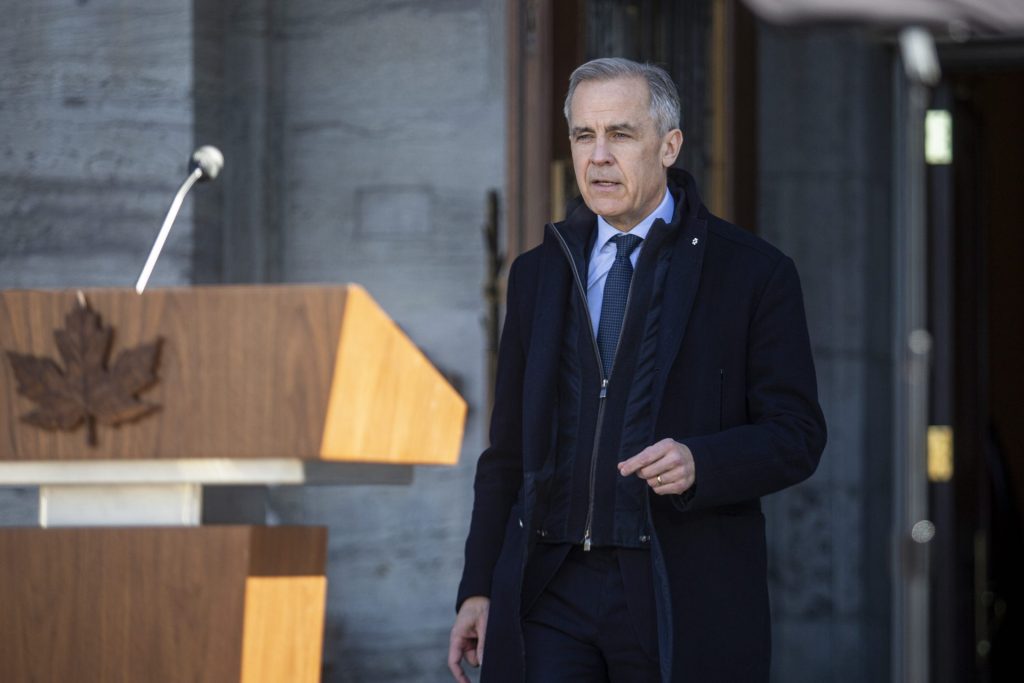
Retiring Liberal MP John McKay said the party’s defence platform should focus on “decision speed” to address the “snail’s pace” that marks Canada’s current approach to procurement.
“We are in an existential threat, and so we need much snappier decision timelines,” said McKay, who chaired the House National Defence Committee before Parliament was prorogued.
On the campaign trail, Carney has repeated a pledge to review Canada’s fighter jet fleet deal with Lockheed Martin and the U.S. government. The 88 planes are projected to cost US$85-million each, but switching course to another supplier would likely add to the price tag. As for concerns that diversifying the F-35 fleet would be too expensive, McKay said independence isn’t free.
“Sovereignty costs money. We, as a nation, are coming to a time of reckoning that we’re just simply going to have to focus on our own defence and security, and the consequence for that is we need to be able to build stuff.”
Like Carney, Conservative Leader Pierre Poilevre and NDP Leader Jagmeet Singh both made stops in Iqaluit before the expected snap election. In early February, Poilevre held a press conference in Nunavut’s capital where he promised to build a new military base, procure two new polar icebreakers for the Royal Canadian Navy, and to double the 1st Canadian Ranger Patrol Group from 2,000 members to 4,000, should he become Canada’s next prime minister.
Thomas Juneau, a professor of public and international affairs at the University of Ottawa, threw cold water on the recent pre-election and campaign defence promises, dismissing the platforms as “tools to win votes” rather than thorough strategies voters can count on.
“It’s easy to say [build a] base in Iqaluit, but how much is that going to cost?” he said of the Conservative pledge. “What are you going to do with that base? What assets are you going to station there? Will there be permanent personnel? How much?”
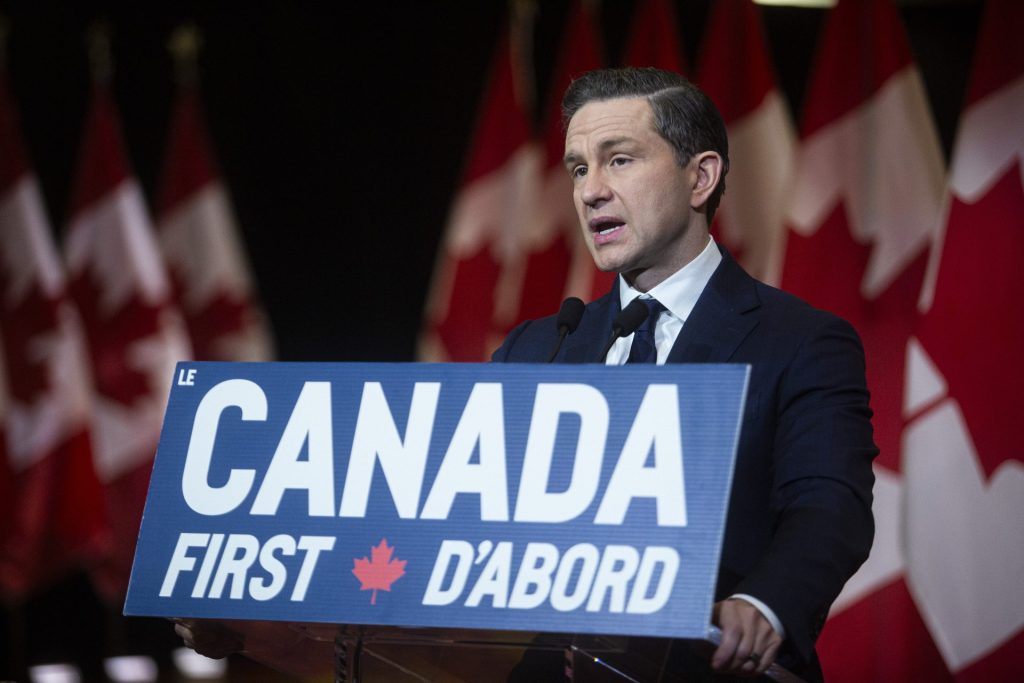
Singh’s March 16 visit to the territory touched on Arctic sovereignty and national security, including a promise that an NDP government would cancel the F-35 contract with the United States and develop a domestic alternative, meet NATO’s defence spending goal of two per cent of national GDP by 2032, and build 5,000 new homes to address military housing shortages.
Even the electoral platforms of the Bloc Québécois and Green Party highlight the need for the federal government to increase defence spending and bolster its ability to protect the Canadian Arctic.
But Juneau said what the parties have presented so far has been “extraordinarily underwhelming.”
“It’s piecemeal initiatives meant to appeal to specific constituencies of voters, but none of [the parties] come even remotely close to having a plausible strategy to deal with the moment,” said Juneau.
“We have seen parties pay a fair bit of attention to the Arctic because there’s a heavy domestic component, and because it’s possible for them to try to appeal to a nationalist fibre by talking about Arctic security and defence.”
Promises about cancelling the F-35 contract with the U.S. are “not realistic,” said Juneau.
“The U.S. remains our only neighbour, so from a trade perspective and a security and defence perspective, we are still going to have to deal with the U.S. We are still going to have to manage that relationship,” he said, noting that the Royal Canadian Air Force is set to receive its first batch of American fighter jets starting in 2026.
Purchasing another option would mean the government must maintain and operate two distinct fighter jets, said Juneau.
“It’s very easy for the NDP or for others in the media or the opposition to say ‘we should cancel the F-35.’ I absolutely understand the appeal of saying that, but in practice, that would be an extraordinarily complex, complicated, and costly decision.”
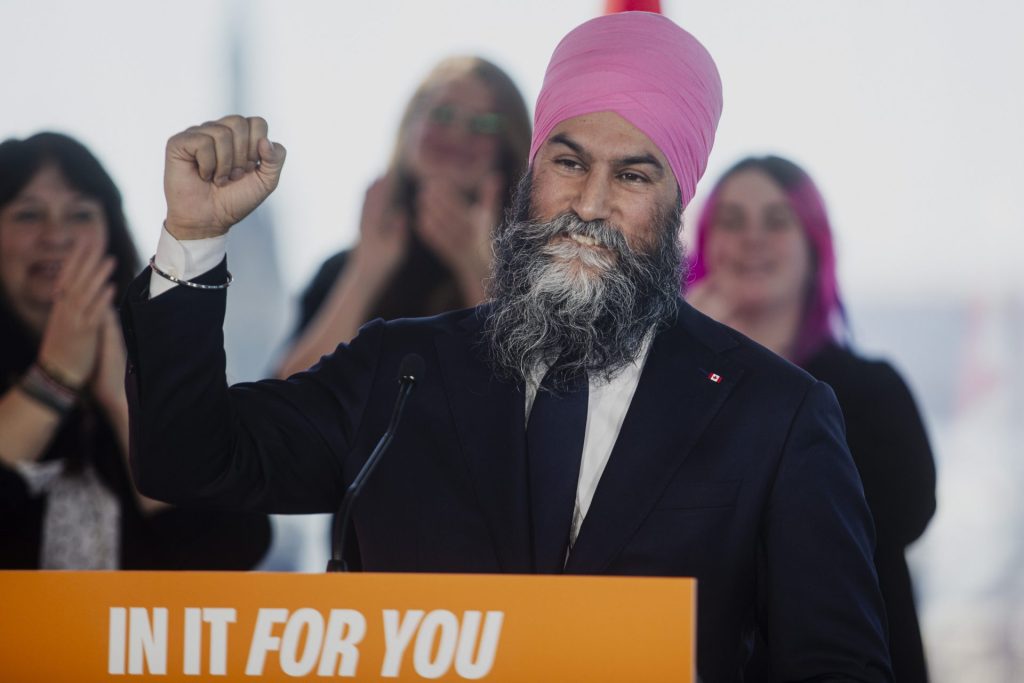
In addition to a tense relationship with the U.S., the Canadian Arctic faces potential threats posed by Russia and China’s increased presence in the Arctic, noted Youri Cormier, executive director of the Conference of Defence Associations Institute.
“There’s growing consensus amongst political parties that there’s no way that Canada can get out of [increasing defence spending],” said Cormier. “The expectation is we’re going to be burden sharing with our allies and it’s not only the Americans who are pushing us in that direction, but the Europeans as well.”
Canada must ‘step up’ on recruitment: McKay
McKay said the defence discussion during this campaign, particularly with the Liberals, “shows a reorientation.”
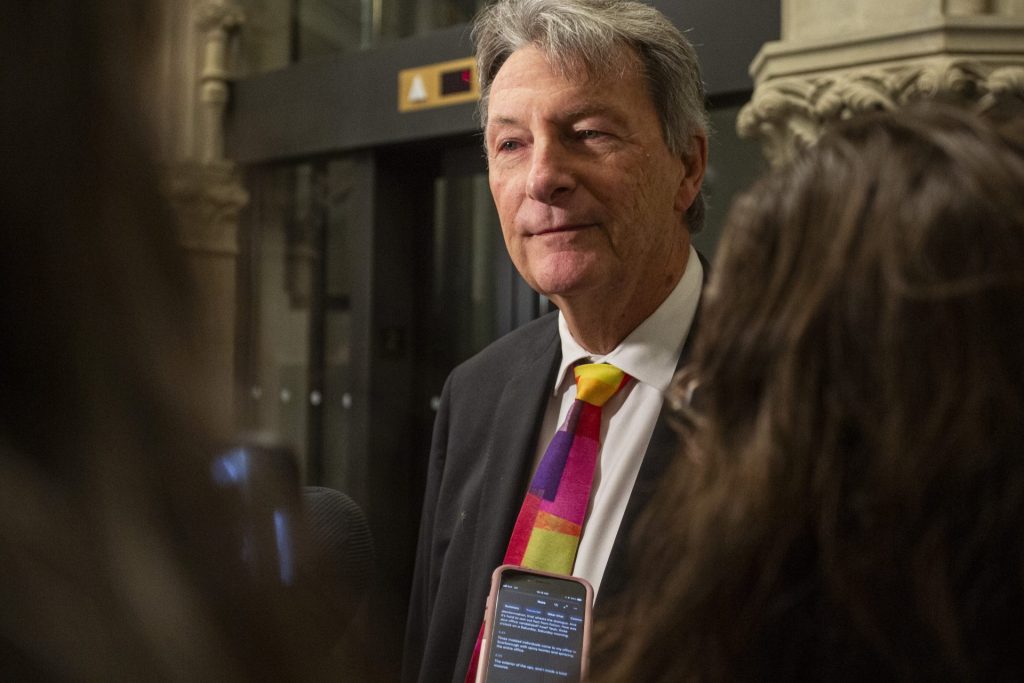
“I did nine elections and I can’t ever recall defence being prominent in both parties’ platforms and in discussion [during] the campaign.”
He said investing in recruitment and retention of “quality” people should be a top priority for the federal government.
“The first priority in my mind is personnel, personnel, personnel. We just need to step up the game quickly,” he said, including improving the pay grades. “This is the backbone of any military, the quality of their personnel.”
In February, the CAF offered an update on efforts to rebuild to 71,500 regular force and 30,000 reserve force members. As of Jan. 31, the Forces were short 6,848 regular personnel and 6,764 reservists of the authorized strength in 2024-25. The CAF has set 2029 as the internal target date to reach “full strength,” and at the February update noted a recent uptick in applicants this year.
Thorne said the shortage issue is long-standing and requires “sustained political will” post-election to address the shortfall.
David Perry, president of the Canadian Global Affairs Institute, said even if a future federal government acquires the necessary equipment needed to defend the Arctic—such as submarines, icebreakers, and fighter jets—it does not have enough personnel to properly maintain and crew them.
“Fixing that recruiting and training problem should be a pretty fundamental part of any future plan because if you don’t rapidly reduce the [staffing] shortfall that we’ve got we won’t have enough people to operate … an Arctic base, new ice breakers or anything else,” said Perry.
Canada needs a “more continuous, reliable awareness of what happens” in the Arctic, said Perry, noting a base would be a good step.
It would mean hosting more military assets located in the north, instead of having to fly in equipment and people when needed, said Perry. He added having more people living in the Arctic would also improve operations, versus relying on deployments from the country’s southern regions.
“That could enhance [Canada’s] presence that would feed into greater surveillance.”
The Hill Times





 LICENSING
LICENSING PODCAST
PODCAST ALERTS
ALERTS













